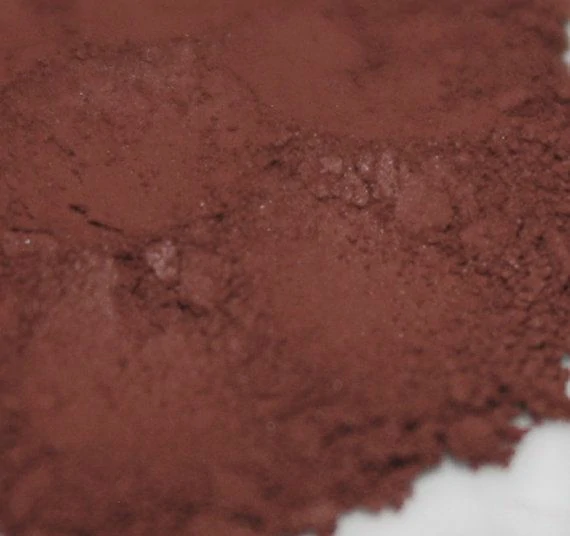Title: Near-Infrared Second-Region Fluorescence Imaging: Conjugated Polymer-Based Nanoparticles for Photothermal Treatment of Tumors
Introduction:
Near-infrared second-region fluorescence imaging (NIR2) combined with photothermal therapy has emerged as a promising approach for the diagnosis and treatment of tumors. This article focuses on the development and application of conjugated polymer-based nanoparticles in NIR2 imaging and photothermal treatment of tumors.
Body:
1. NIR2 Imaging:
Near-infrared (NIR) light has superior tissue penetration and minimal autofluorescence background, making it an ideal imaging modality. NIR2 imaging utilizes the spectral window of 1000-1700 nm, providing increased sensitivity and specificity for tumor detection. Conjugated polymer-based nanoparticles have shown great potential as NIR2 probes due to their excellent photostability and high fluorescence quantum yield.
2. Conjugated Polymer-Based Nanoparticles:
Conjugated polymers, such as polythiophenes and polypyridines, possess unique optical and electronic properties. These polymers can be engineered to emit fluorescence in the NIR2 region through fine-tuning of their chemical structure. Furthermore, conjugated polymers can be encapsulated into biocompatible nanoparticles, improving their stability, biodistribution, and tumor targeting capabilities.
3. Synthesis and Characterization:
The synthesis of conjugated polymer-based nanoparticles involves the incorporation of the conjugated polymer within a biocompatible matrix, such as polymeric micelles or liposomes. Various methods, including nanoprecipitation and emulsion-based techniques, have been employed to achieve controlled particle size and morphology. Characterization techniques such as dynamic light scattering, transmission electron microscopy, and spectroscopy are used to assess the physicochemical properties of the nanoparticles.
4. NIR2 Imaging-Guided Tumor Detection:
Once administered, conjugated polymer-based nanoparticles accumulate in tumor tissues through the enhanced permeability and retention effect. The high fluorescence intensity in the NIR2 region allows for sensitive and specific tumor imaging. In vivo studies utilizing animal models have demonstrated the potential of these nanoparticles for non-invasive tumor detection with high spatial resolution.
5. Photothermal Therapy:
The photothermal effect arises from the conversion of absorbed near-infrared light into heat, leading to localized hyperthermia and tumor cell destruction. Conjugated polymer-based nanoparticles can serve as efficient photothermal agents due to their strong absorption in the NIR2 region. Upon laser irradiation at the absorption peak of the nanoparticles, rapid heating occurs, resulting in efficient tumor ablation while minimizing damage to surrounding healthy tissues.
6. Combination Therapy and Future Perspectives:
The integration of NIR2 imaging and photothermal therapy offers a multimodal approach to tumor treatment. Conjugated polymer-based nanoparticles can incorporate additional therapeutic agents, such as chemotherapy drugs or immune modulators, to enhance the efficacy of treatment. Furthermore, ongoing research focuses on improving the targeting efficiency of these nanoparticles and exploring their potential for theranostic applications.
Conclusion:
Conjugated polymer-based nanoparticles provide a promising platform for NIR2 imaging and photothermal treatment of tumors. Their unique properties enable sensitive tumor detection and efficient tumor ablation. With further advancements in nanoparticle design and optimization, conjugated polymer-based nanoparticles hold great potential for translation into clinical practice, providing a more effective and personalized approach for cancer patients.
![[Near-infrared second-region fluorescence imaging] Conjugated polymer-based nanoparticles for photothermal treatment of tumors [Near-infrared second-region fluorescence imaging] Conjugated polymer-based nanoparticles for photothermal treatment of tumors](D:\00-allsite一个分组\2023-10-18-图片-粉末-web\graphite powder, boron powder, nitride powder, Zinc sulfideZnS, Amorphous Boron Powder, Molybdenum Disilicide, Spherical Aluminum Nitride, Nano Diamo0 (6).webp)
